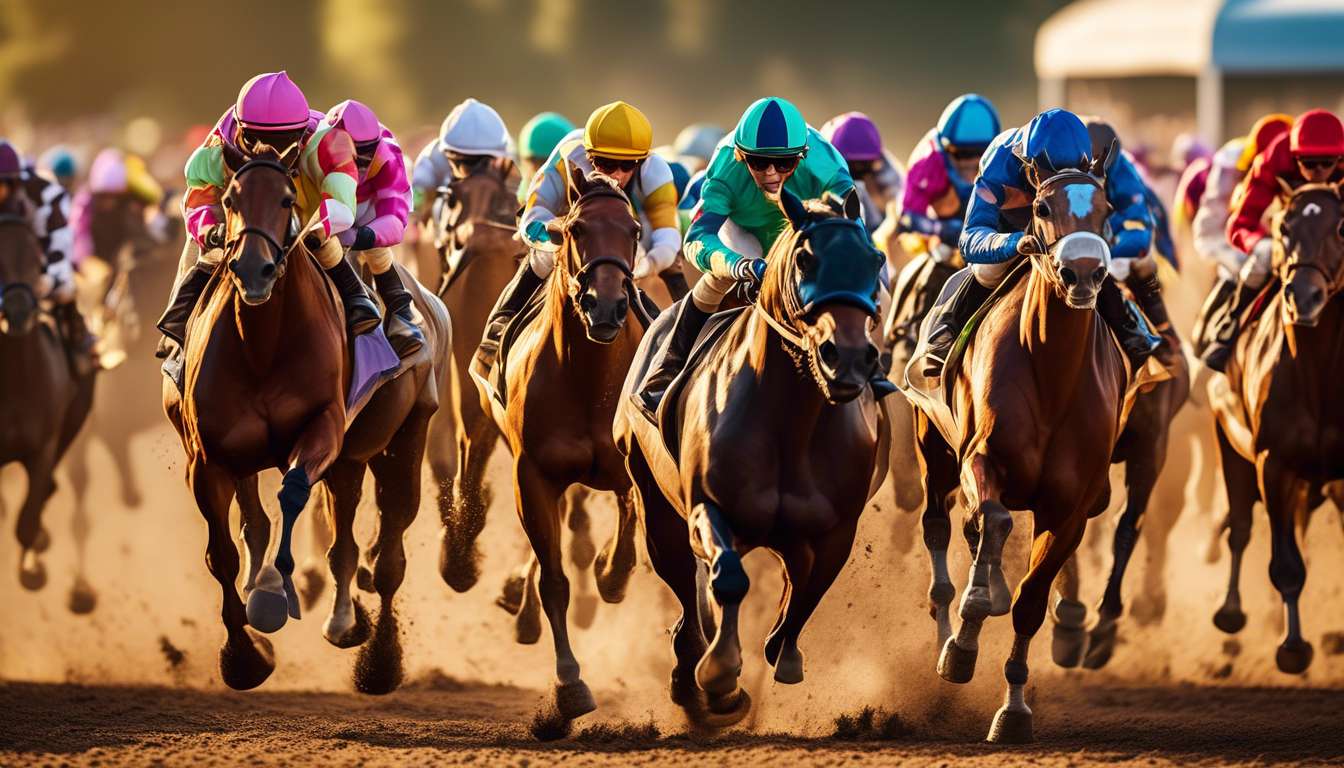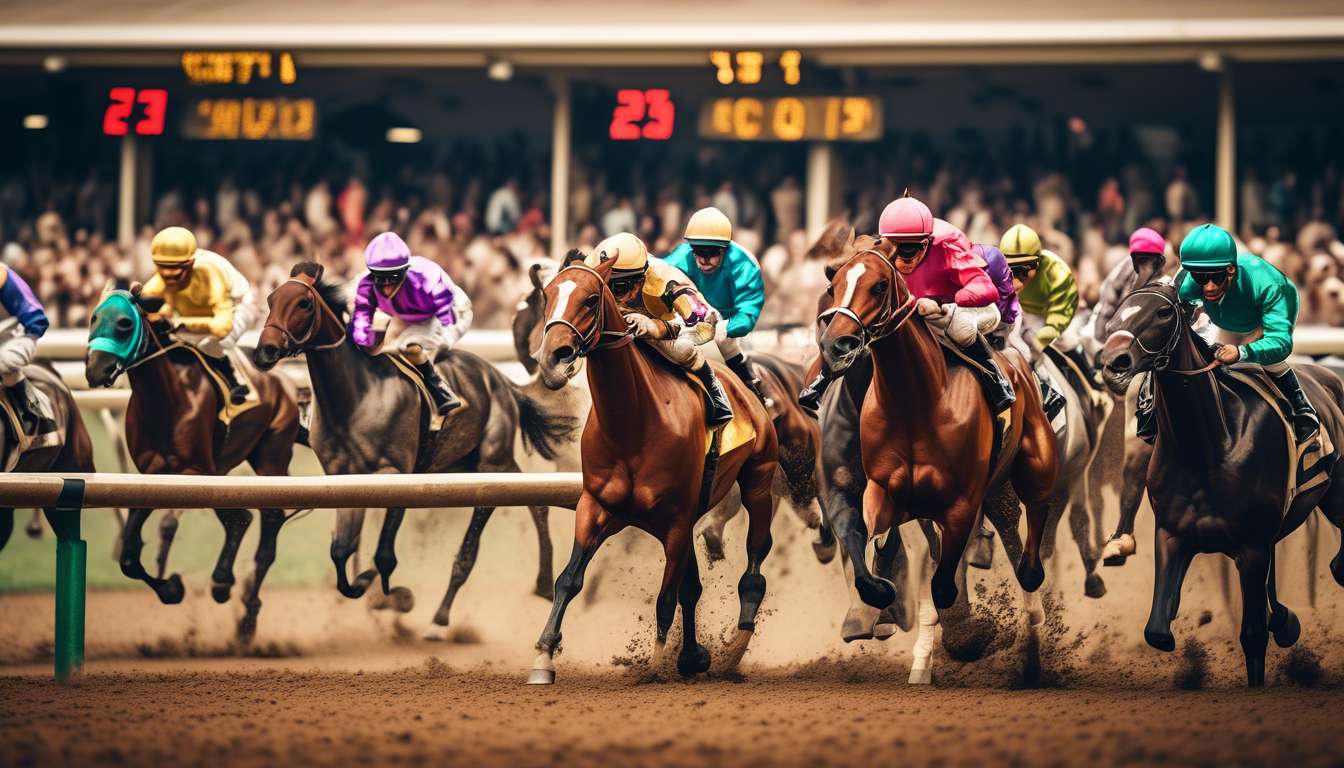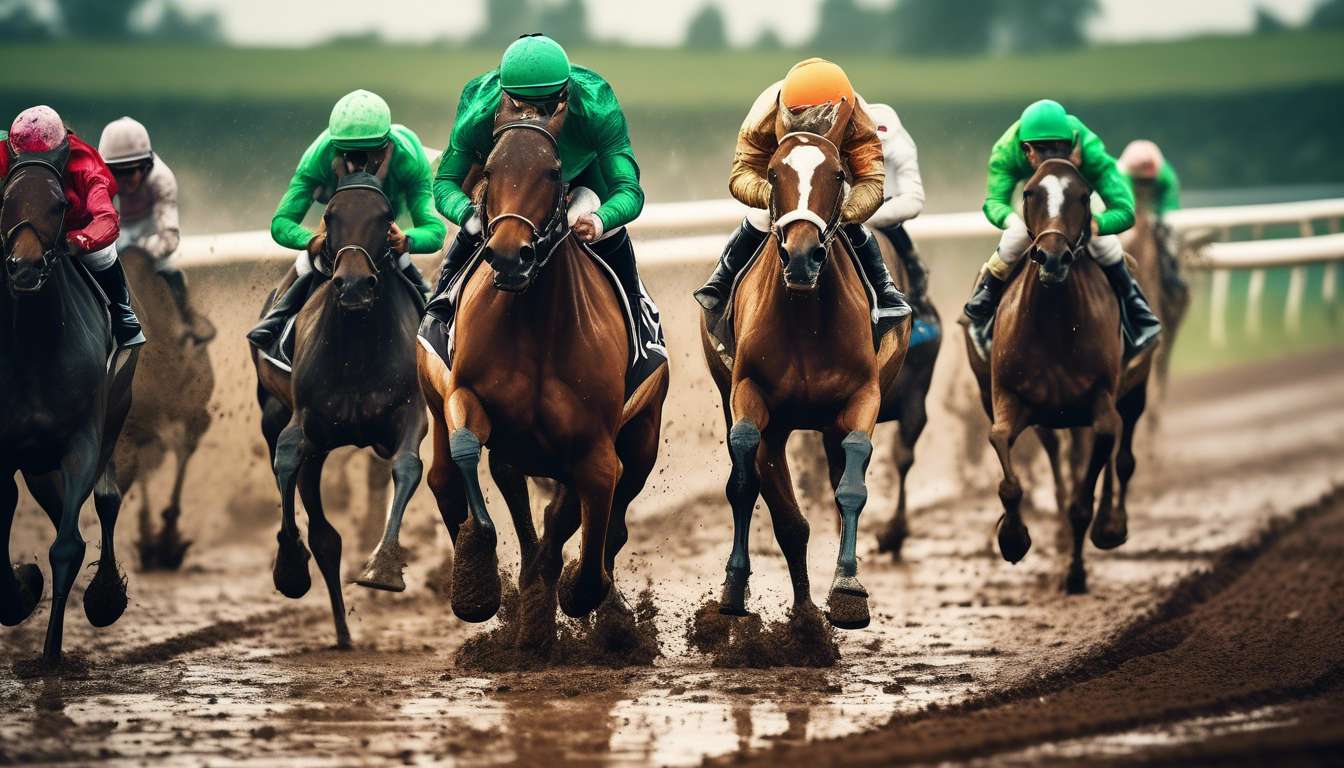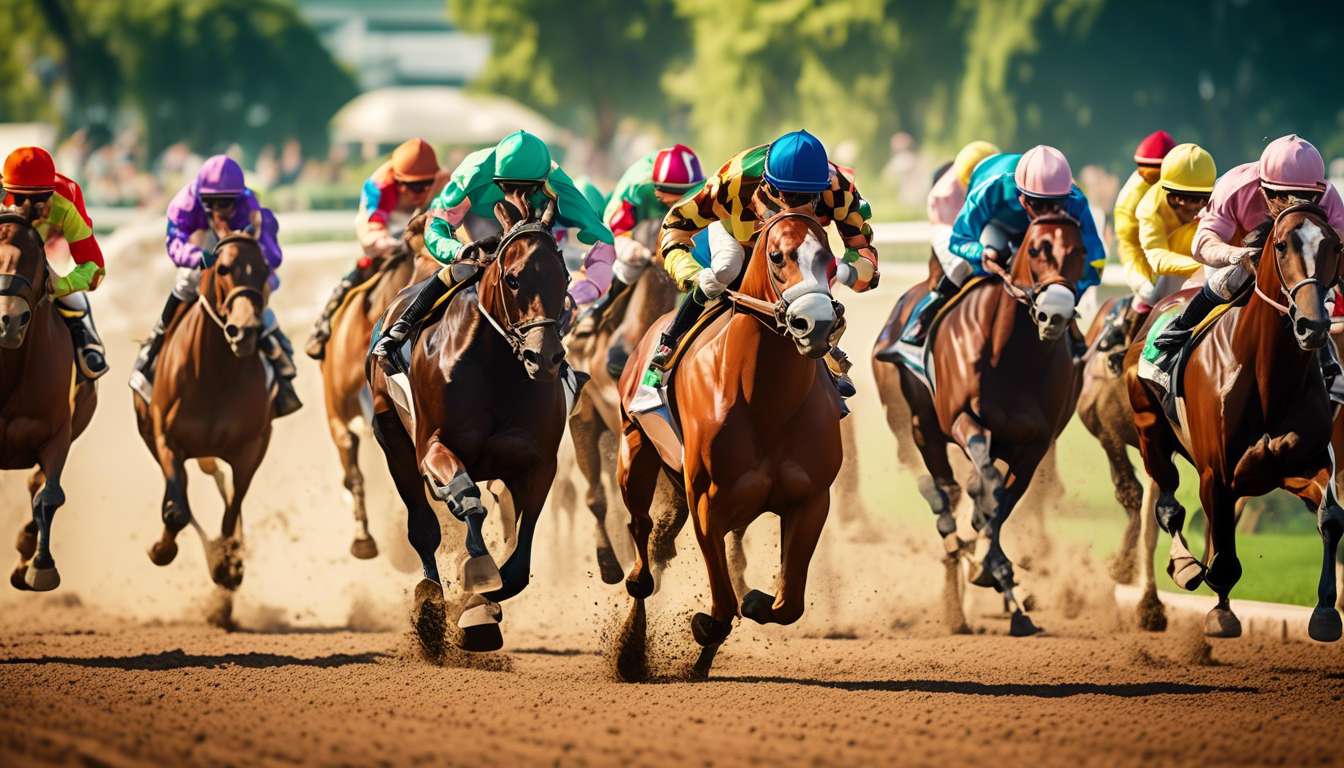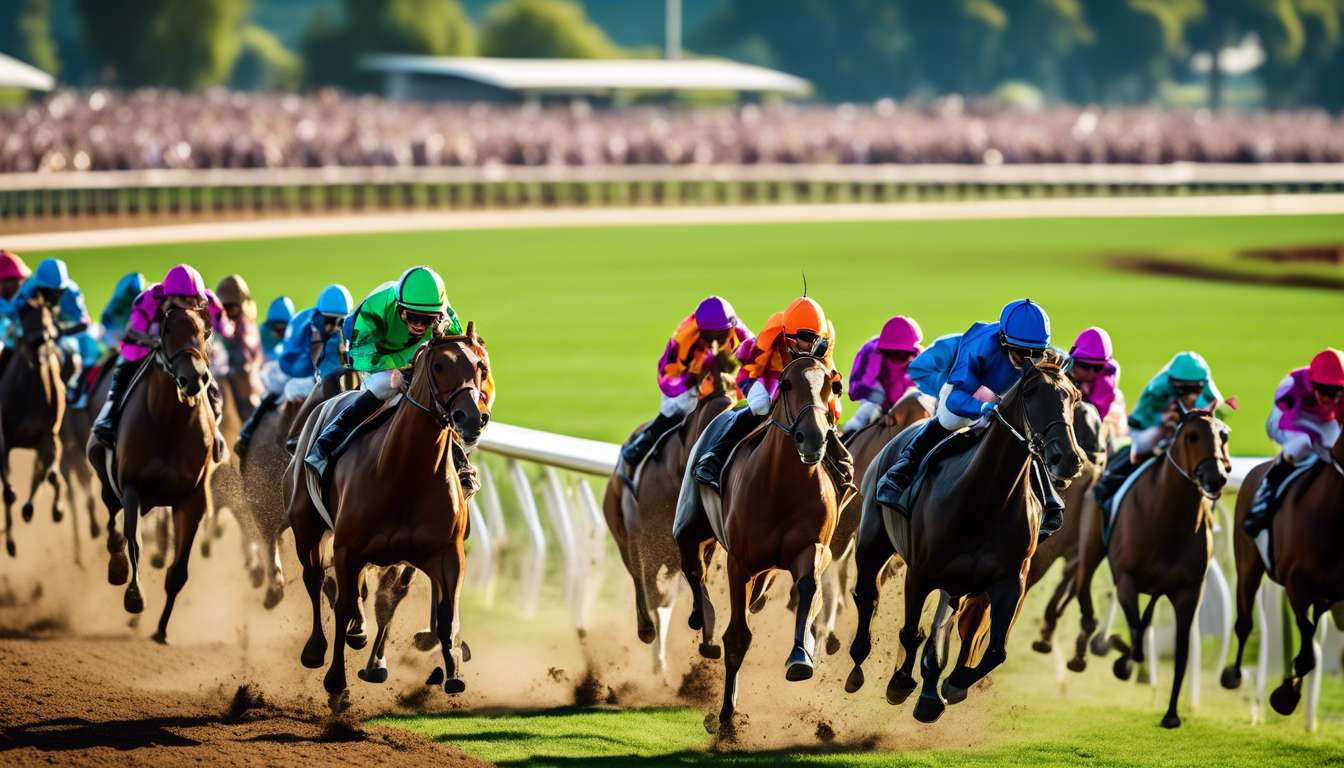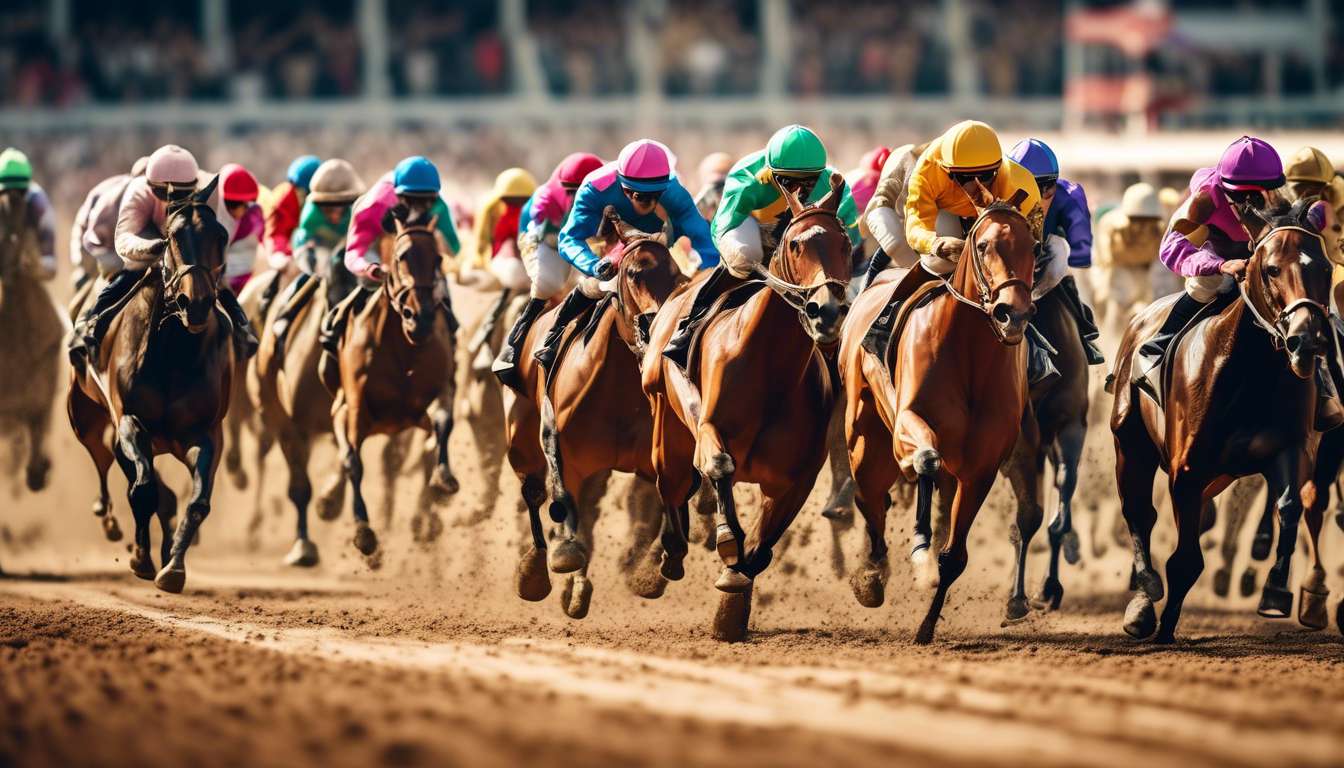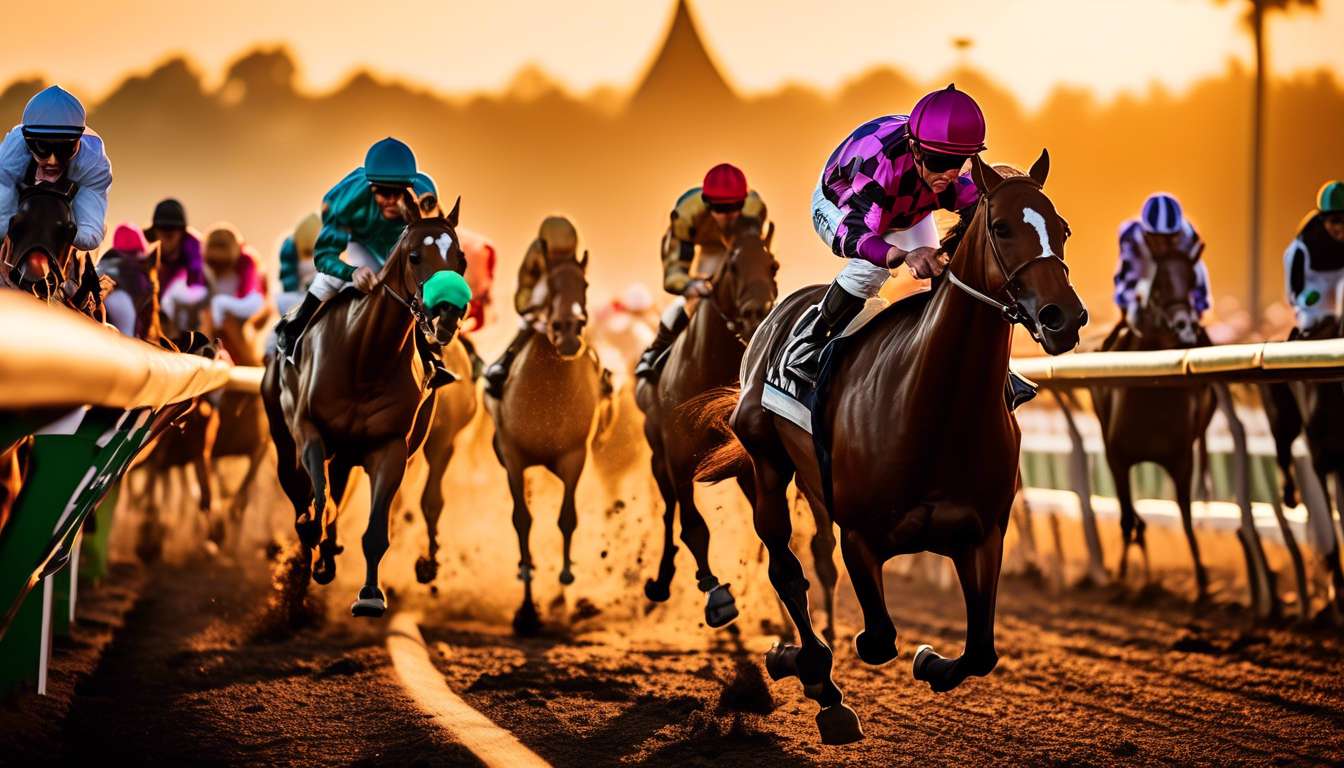5 Horses Betting Strategies Discussed by Experts
In the exhilarating world of horse racing, we often find ourselves captivated by the thunderous hooves and the sheer unpredictability of each race. As enthusiasts, we’ve all been there—watching with bated breath, hoping that our chosen horse crosses the finish line first. Beyond the thrill, there lies an intricate art and science to betting that … Read more5 Horses Betting Strategies Discussed by Experts

